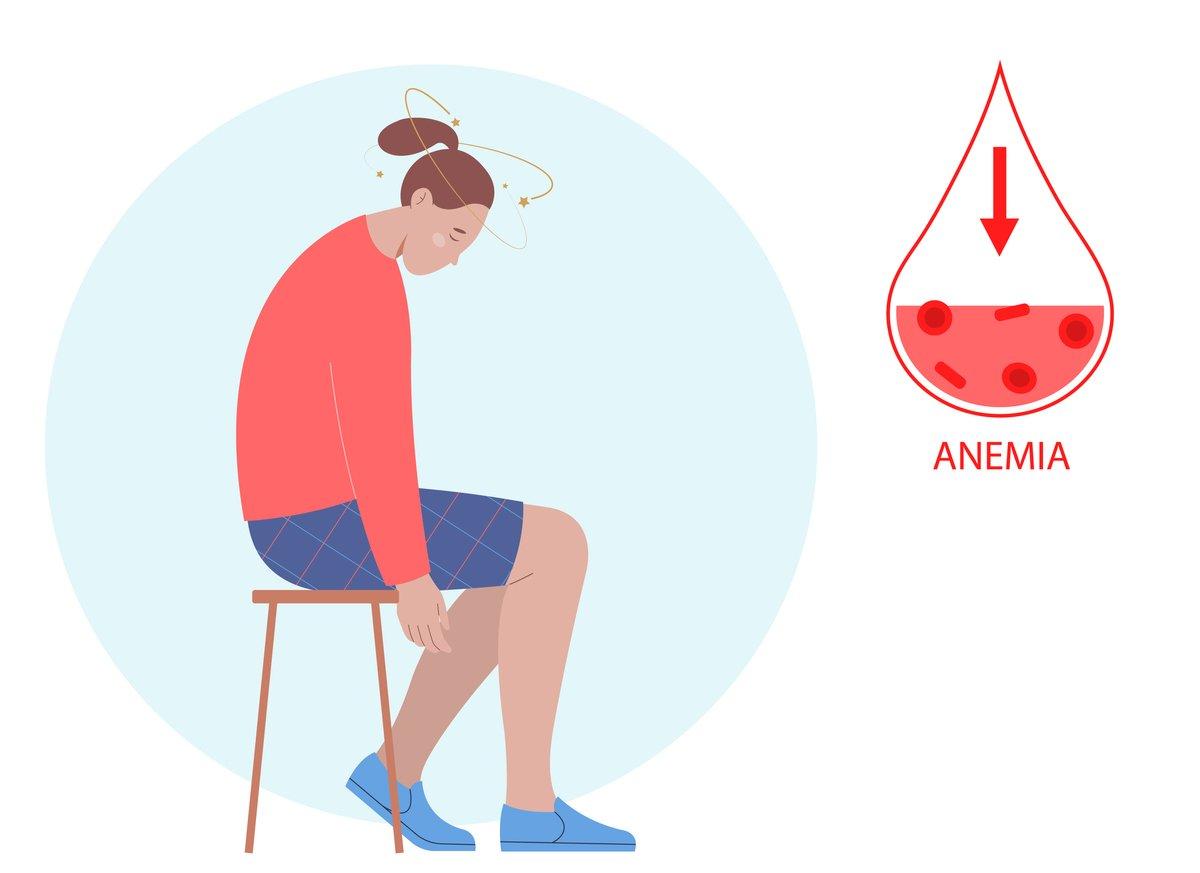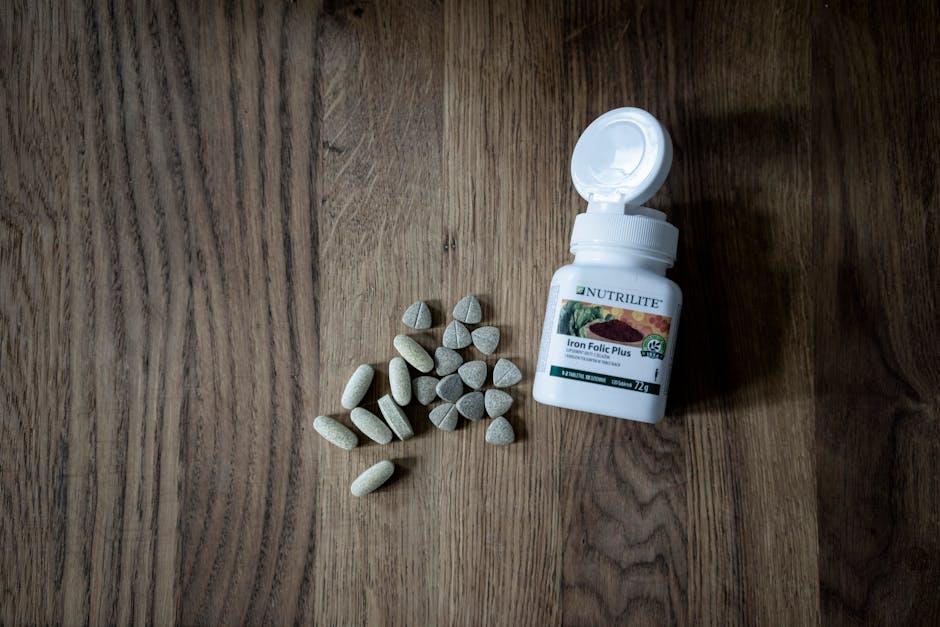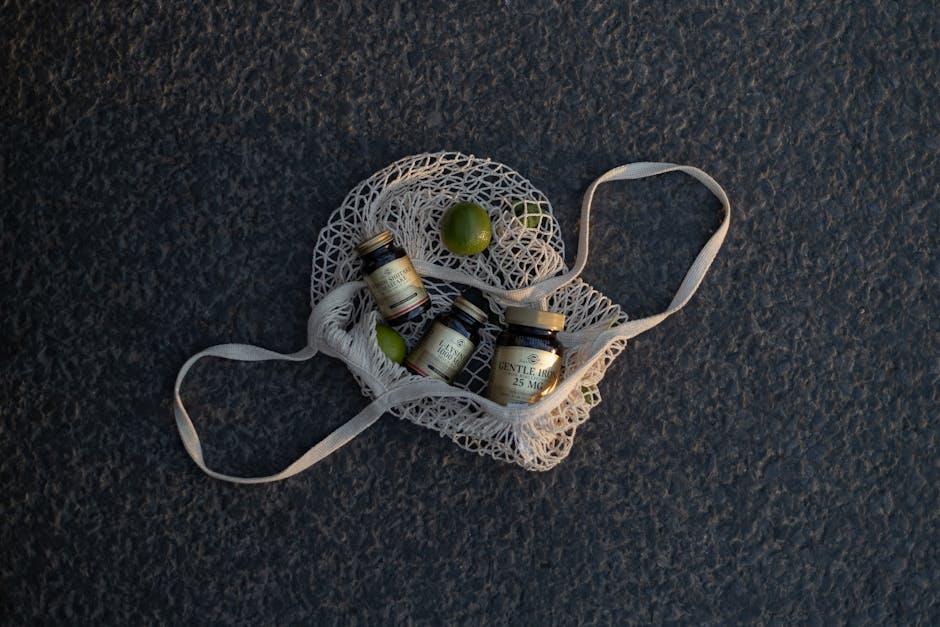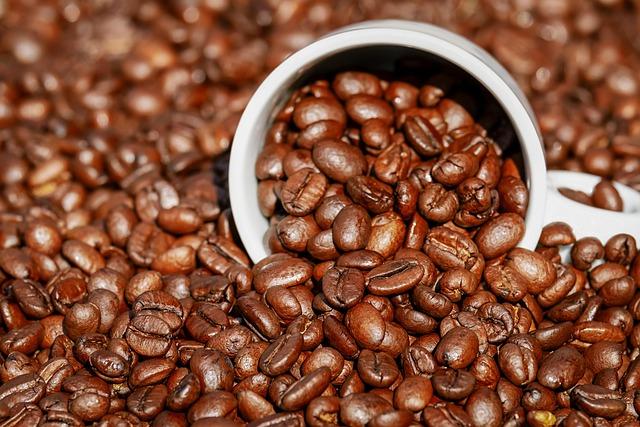In a world where the hustle and bustle of daily life can easily drain our energy reserves, it’s vital for women to prioritize their health and well-being. One often overlooked aspect of this is iron—a crucial mineral that plays a pivotal role in energy production and overall vitality. Despite its importance, many women find themselves grappling with iron deficiency, a condition that can lead to fatigue, weakness, and a host of other health issues. In this article, we will delve into the significance of iron supplements for women, exploring how they can prevent deficiency and support sustained energy levels.By understanding the nuances of iron absorption, dietary sources, and the benefits of supplementation, we aim to equip readers with the knowledge they need to make informed choices about their health and stay energized in their daily lives. Join us as we uncover the essential role of iron in women’s health and the steps that can be taken to ensure optimal wellness.
Understanding Iron Deficiency: Key Risks and Symptoms in Women
iron deficiency is a significant health concern that particularly affects women due to various physiological factors. Menstruation, pregnancy, and breastfeeding can lead to an increased demand for iron, making some women more susceptible to deficiency. The consequences of low iron levels often manifest in both physical and mental health challenges. Common symptoms to be aware of include:
- Fatigue and weakness: A prevalent sign, as inadequate iron reduces oxygen transport in the bloodstream.
- Shortness of breath: This might occur even with minimal exertion if iron levels are low.
- Pale skin: A visible indication, particularly noticeable in the gums and inner eyelids.
- Cold hands and feet: A result of compromised circulation.
- Headaches and dizziness: Both can occur due to insufficient oxygen supply to the brain.
Recognizing these symptoms early on is crucial for timely intervention. Regular screening for iron levels, especially in at-risk groups, can help prevent serious complications associated with deficiency. Here’s a simple comparison showing dietary sources of iron alongside recommended daily allowances for women:
| Iron Source | Iron Content (mg per serving) | Daily Recommended Allowance (mg) |
|---|---|---|
| Red meat (3 oz) | 2.7 | 18 |
| Spinach (cooked, 1 cup) | 6.4 | 18 |
| Fortified cereals (1 cup) | 18 | 18 |
| Tofu (1/2 cup) | 3.4 | 18 |

The Role of Iron in Women’s Health: Fueling Energy and Vitality
Iron plays a crucial role in maintaining optimal health for women, particularly in the management of energy levels and overall vitality. As key players in menstrual health, pregnancy, and postpartum recovery, women’s iron needs can fluctuate significantly. this mineral is essential for the production of hemoglobin, which is responsible for transporting oxygen throughout the body. When iron levels are insufficient, it can lead to fatigue, weakness, and a host of other health issues. To combat these risks, awareness and proactive measures are essential in addressing iron intake through diet and supplementation.
Women should not only focus on the quantity of iron they consume but also on the quality and source of this nutrient. here are some high-iron foods to consider:
- Red meat – A rich source of heme iron, which is more easily absorbed by the body.
- Leafy greens - Spinach and kale provide non-heme iron, beneficial for those who prefer plant-based diets.
- Legumes – Beans and lentils are excellent sources of iron and are versatile in a variety of dishes.
- Nuts and seeds – Almonds and pumpkin seeds offer a nutritional boost of iron.
- Fortified cereals – Many breakfast cereals are fortified with iron, catering to diverse dietary needs.
Sometimes dietary changes alone aren’t enough to meet iron requirements, especially for women at risk of deficiency. in such cases, iron supplements could be beneficial. Before starting any supplementation, it’s wise to consult with a healthcare professional to determine the correct dosage and form, such as ferrous sulfate or ferrous bisglycinate, to minimize side effects and maximize absorption. Understanding personalized iron needs can empower women to take charge of their health, ensuring they have the energy necesary for daily activities and overall well-being.

Choosing the Right Iron Supplement: Types, Dosages, and Tips
When selecting an iron supplement, understanding the different types available is crucial for maximizing benefits and minimizing side effects. The most common forms include ferrous sulfate,ferrous gluconate,and ferrous fumarate,each varying in elemental iron content and gastrointestinal tolerance.While ferrous sulfate is frequently enough preferred for its high efficacy and affordability, some women may experience digestive discomfort. On the other hand, ferrous gluconate tends to be gentler on the stomach but has a lower iron concentration. To make an informed decision, consider your unique digestive health and try consulting a healthcare professional.
Determining the right dosage is equally crucial to ensuring both safety and effectiveness. A common recommendation for women experiencing deficiency is a daily intake of 18 mg of iron, though this may vary based on individual health needs, diet, and lifestyle factors. when starting supplementation, initiating with a lower dose, such as 10 mg, and gradually increasing it can help mitigate potential side effects like constipation or nausea. Always pair your iron supplement with vitamin C—whether through a supplement or vitamin-rich food—to enhance absorption. To further assist in your journey towards optimal iron levels, here’s a simple overview:
| Iron Supplement Type | Elemental Iron per Dose | common Tolerance |
|---|---|---|
| Ferrous Sulfate | 65 mg | Moderate |
| Ferrous Gluconate | 36 mg | Good |
| ferrous Fumarate | 33 mg | Moderate |

Incorporating Iron-Rich Foods: Enhancing Supplementation for Optimal Benefits
To enhance the benefits of iron supplementation, incorporating a variety of iron-rich foods into your diet can significantly support overall health and energy levels. These foods are not only excellent sources of iron but also provide other essential nutrients that contribute to a well-rounded dietary intake. Some of the best options include:
- Red meat: Such as beef and lamb, which are rich in heme iron, easily absorbed by the body.
- Poultry: Chicken and turkey also provide heme iron, promoting better absorption.
- seafood: Particularly shellfish, like oysters and clams, which are among the highest sources of iron.
- Legumes: Beans, lentils, and chickpeas are perfect for vegetarians and vegans, offering non-heme iron.
- Dark leafy greens: Spinach, kale, and Swiss chard not only add iron but also critically importent vitamins and fiber.
In addition to these foods, it’s crucial to consider pairing iron-rich items with vitamin C sources, as this enhances iron absorption. Foods such as citrus fruits, bell peppers, and tomatoes can complement your meals effectively. Below is a simple table showcasing some iron-rich foods alongside their iron content:
| Food Item | Iron Content (mg per 100g) |
|---|---|
| Beef | 2.6 |
| Spinach | 2.7 |
| Lentils | 3.3 |
| chicken | 1.3 |
| Oysters | 3.2 |
Insights and Conclusions
understanding the critical role of iron in women’s health is essential for navigating the intricate balance of energy and well-being. as we’ve explored, iron supplements can be a vital ally in preventing deficiency, particularly during life’s unique phases, such as menstruation, pregnancy, and lactation. Though, it’s critically important to remember that supplementation should be tailored to individual needs, ideally under the guidance of a healthcare professional. With the right approach, women can harness the power of iron to enhance vitality and embrace each day with renewed strength. By prioritizing iron intake, you’re not just fueling your body—you’re empowering your life. As you continue on your wellness journey, stay informed and proactive, ensuring that every step you take is one towards optimal health and energy.
